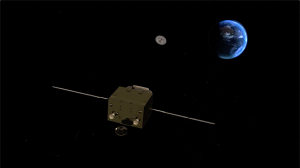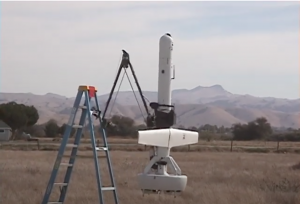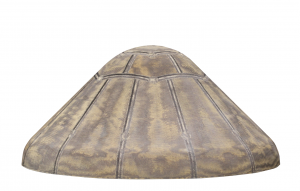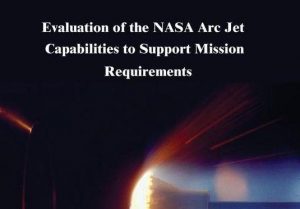Mars Sample Return Earth Entry System (MSR EES)

Neerim’s primary current tasks support development of the Mars Sample Return Earth Entry System. It’s the last phase of a multi-mission campaign. We have applied risk-informed decision making (RIDM) for selection of thermal protection material and we have investigated the root cause of dynamic instability during terminal descent. Neerim is coordinating efforts to characterize the possible consequences of micrometeoroid impact at any mission phase, and is involved in designing mitigations against such events. We are centrally involved in developing an assurance case for safe return of the Martian samples.
V-Bat UAV
 Neerim worked on UAV development with MLB Company for many years, on both the SuperBat and V-Bat configurations. V-Bat development was sustained by a series of SBIR contracts with the Air Force and seedling funds from DARPA. A V-Bat version that uses a mechanical arm to emplace payloads at a remote site was described in Tribe magazine (9/27/16) as a “Star Wars technology that actually exists”. Neerim developed the vision system that guides the robotic arm to the target. When MLB Company was acquired by Martin UAV, Neerim continued to support V-Bat development into Navy trials and initial production.
Neerim worked on UAV development with MLB Company for many years, on both the SuperBat and V-Bat configurations. V-Bat development was sustained by a series of SBIR contracts with the Air Force and seedling funds from DARPA. A V-Bat version that uses a mechanical arm to emplace payloads at a remote site was described in Tribe magazine (9/27/16) as a “Star Wars technology that actually exists”. Neerim developed the vision system that guides the robotic arm to the target. When MLB Company was acquired by Martin UAV, Neerim continued to support V-Bat development into Navy trials and initial production.
Subsequent to Neerim’s involvement, Shield AI acquired Martin UAV, and offers the V-Bat as a mature product.
Hypersonic Extreme Entry Environment Technology (HEEET)
 Venus probes and landers, Saturn and Uranus probes, and some high speed sample return missions have been highly ranked for their scientific value by the National Research Council (NRC) Planetary Science Decadal Survey (PSDS) committee. Due to their extreme entry environments, thermal protection system (TPS) options for these missions were previously limited to a single heritage material: Carbon Phenolic (CP). The HEEET project developed a woven TPS technology that provides an efficient and readily-manufacturable heat shield material for entries with heating rates between 1500 W/cm2 and 6,000 W/cm2 and stagnation pressure between 1 atm and 6 atm.
Venus probes and landers, Saturn and Uranus probes, and some high speed sample return missions have been highly ranked for their scientific value by the National Research Council (NRC) Planetary Science Decadal Survey (PSDS) committee. Due to their extreme entry environments, thermal protection system (TPS) options for these missions were previously limited to a single heritage material: Carbon Phenolic (CP). The HEEET project developed a woven TPS technology that provides an efficient and readily-manufacturable heat shield material for entries with heating rates between 1500 W/cm2 and 6,000 W/cm2 and stagnation pressure between 1 atm and 6 atm.
Neerim led systems engineering for the HEEET project, and coordinated the test and analysis campaign that enabled achievement of Technology Readiness Level (TRL) 6, despite ground facilities being unable to fully replicate operational environments. This successful TRL maturation enables mission selection in competed NASA opportunities.
Technical Review of Facilities and Projects
 Neerim personnel serve on Technical Review Boards for vehicle and technology development projects, and for facility capability maintenance and upgrade.
Neerim personnel serve on Technical Review Boards for vehicle and technology development projects, and for facility capability maintenance and upgrade.
One of Neerim’s first contracts was to participate in a comprehensive review of national arc jet capability, conducted for the NASA Chief Engineer. More than a decade later, Neerim now serves on an Independent Review Board for arc jet modernization at NASA Ames.
Outcomes of most reviews are confidential, so they are not discussed here.